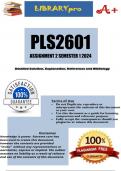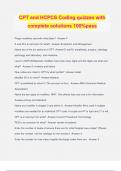Examen
OpenStax Microbiology Test Bank Chapter 21: Skin and Eye Infections
- Cours
- Établissement
OpenStax Microbiology Test Bank Chapter 21: Skin and Eye Infections * = Correct answer Multiple Choice 1. The top part of the skin, which is exposed to the environment, is called: A. adipose tissue B. the dermis C. the epidermis* D. the hypodermis 2. Which bacterial genus is commonly ass...
[Montrer plus]












